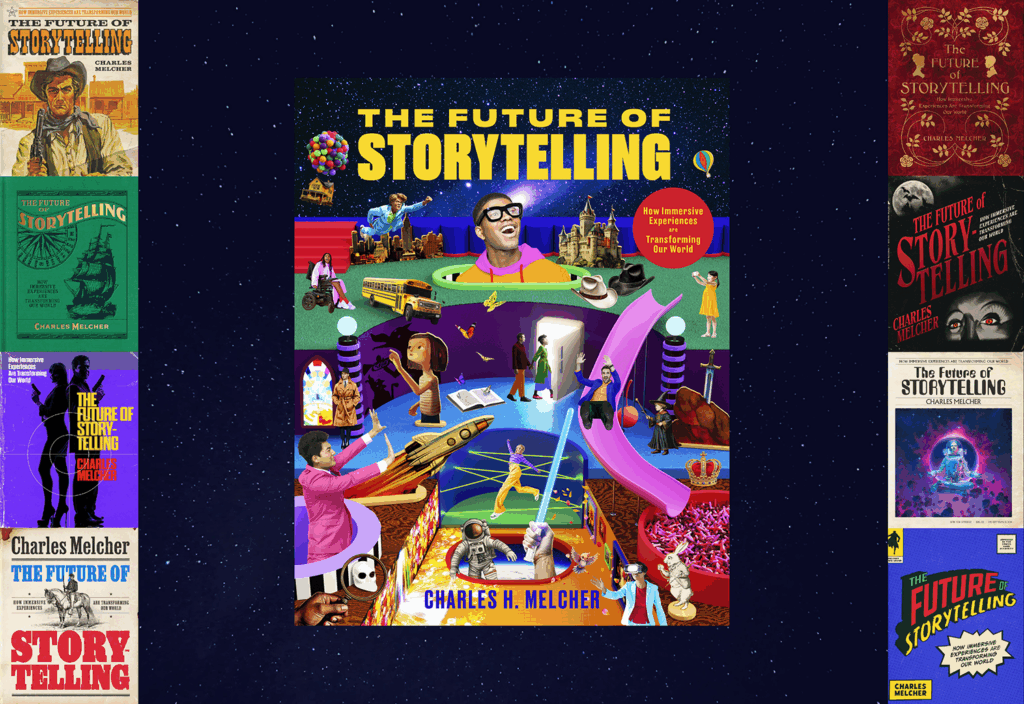An integrated database has helped Morton’s the Steakhouse employ a CRM email marketing strategy to connect with VIP diners.
There are 77 Morton’s locations worldwide, with representation in 64 cities and 26 states. Morton’s customers are affluent, with a household income of $100,000+. They are career oriented, drink wine and enjoy sports like golf, tennis and skiing. Customers also dine frequently at the restaurant on business dinners.
The chain needed to know how often guests visited the restaurant, what they spent and what guest thought about the experience, so they could decide where to invest more marketing dollars, says Brad Rukstales, CEO of CAC Group Inc., which worked with Morton’s on the project.
Morton’s also wanted to expand the restaurant’s VIP recognition-based program, which was started in the early 1980’s. Managers of restaurants personally invite regular guests to join the program, which honors them with perks like last minute seating or entry into special events like wine dinners, as opposed to points.
Rukstales notes that Morton’s didn’t have a consolidated database, meaning they weren’t able to look at the guest experience from all points of interaction, such as in restaurant, via email or by phone.
“We looked at all the data sources, from point-of-sale, to reservations, to campaign [promotional] history to email and web response, and rounded that out with third-party data,” says Ruckstales, who presented with Patty Pleuss, Morton’s vice president of marketing, at the recent DMA:2011 conference. “We wanted to optimize all contacts and make sure that what we were saying was the most relevant thing for a segment.”
Guest value and engagement scores were created. These are particularly important, he says, given that 50% of Morton’s revenue comes from 10% of their customers who are particularly high performing.
This led Morton’s to opt for a CRM-based marketing approach, as opposed to traditional mass marketing. “We approached people as guests, not customers,” says Ruckstales.
Guest were looked at in relationship to their lifecycle with the restaurant. “Active” guests regularly dine with Morton’s, while “Acquired” guests have made their first visit in the last nine months, “Lapsed” guests haven’t dined in two years and “Prospects” have never dined with the chain.
Morton’s then began modeling guests to see who would most likely benefit from a VIP membership, says Pleuss. A multichannel engagement strategy was employed to engage potential members.
When their email was acquired, a $50 thank you coupon was sent. After 60 days, a brand retention email followed, with a 90-day special occasion invitation coming along next. At the 180 day mark, a steak and seafood offer was sent, with a branded offer next at 240 days. The number of members in the program were ultimately doubled.
In customer satisfaction surveys, Morton’s always looks for a “5” rating, the top in their 1-5 scoring system. “It makes a huge difference,” says Pleuss. “A ‘4’ rating can cut future visits in half.”
In a move to be unobtrusive, the chain used to invite guests to take their satisfaction with a printed message on the bottom of receipts. There was a 13 digit code guests had to type in when they got to the survey website, which Pleuss admitted was a “lot of work” to ask of guests. Two other major hurdles were the 30 questions guests were asked to answer and the quarterly reporting structure.
Now, instead Morton’s sends the guest an email first thing the next morning, and the number of questions have been cut down to 10. These moves have boosted response from 30 to 50 per month to 1500 to 2500. Real time reporting also allows managers to address any problems in service immediately.
The impact of keeping satisfaction scores up for Morton’s is significant: the monetary difference in checks for VIP customers who give a 5 rating can be $240 higher than those who give a 4 rating.



